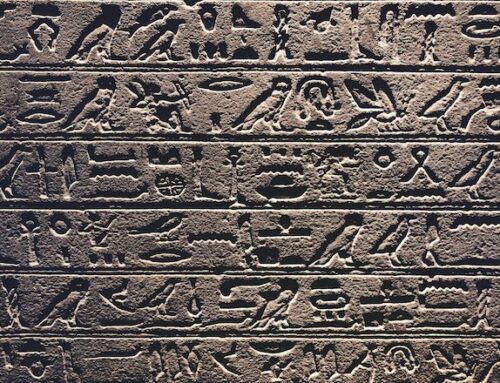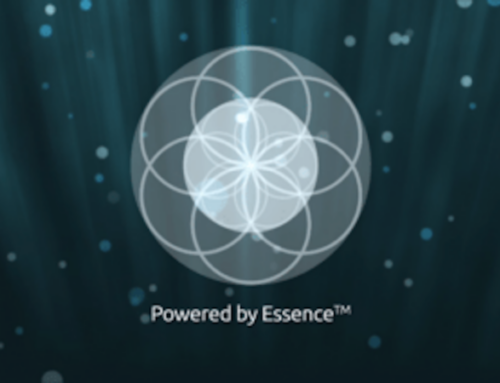Reclaiming the World: The Shift from Software to Wantware
In the digital age, software has consumed every aspect of our lives, propelling Marc Andreessen’s prophetic statement, “software is eating the world,” into reality. This digital feast has transformed industries, economies, and social interactions. Yet, as Artificial Intelligence (AI) begins to “eat software,” a new layer of complexity is added, potentially distancing humanity further from the control and creation of its own technological environment. This shift brings forth a pivotal question: How can humanity reclaim control in a world dominated by code that only a fraction truly understands? The answer lies not in the creation of more software but in a revolutionary leap towards “humanware.”
Software and AI: A Double-Edged Sword
Software and AI have undeniably brought about immense benefits, streamlining operations, enhancing productivity, and even predicting our needs before we articulate them. However, they rest on the foundation of programming languages, understood and manipulated by a minuscule portion of the global population. This dependency has created a chasm, separating those who can command the digital realm from those who are merely passive inhabitants.
The Limitations of Code-Driven Solutions
Current advancements, while impressive, still operate within the confines of what can be explicitly programmed. This approach inherently limits innovation to the imagination and capability of coders and data scientists, who translate human needs into digital commands. The process is not only time-consuming and expensive but also fraught with misinterpretations of intent, leading to solutions that might not fully align with human needs or adapt to evolving situations.
Enter Wantware: A Human-Centric Paradigm
Wantware represents a paradigm shift, focusing on human intent rather than the rigid structures of code. It transcends traditional programming languages, offering a more intuitive, flexible, and accessible way to interact with technology. Wantware allows individuals to articulate their desires or needs in natural language, which are then translated into digital actions without the intermediary step of coding. This direct translation from intent to action democratizes technology creation, making it accessible to anyone, regardless of their programming skills.
The Democratization of Digital Creation
Imagine a world where creating a digital application is as simple as describing what you want it to do. Wantware empowers everyone to become a creator, not just a consumer, of technology. This shift could unleash unprecedented levels of innovation and creativity, as diverse perspectives and ideas are given the tools to manifest digitally. Moreover, wantware can adapt and evolve with users’ needs, offering personalized solutions that grow more attuned and responsive over time.
Beyond Software: A Future Powered by Intent
The evolution from software to wantware is not just a technological upgrade but a reclamation of human agency in the digital domain. It offers a future where technology serves humanity more seamlessly, where barriers to innovation are dismantled, and where the digital realm becomes a true extension of human intent and creativity.
Conclusion: A Call to Embrace Wantware
As AI continues to reshape the landscape of software, the transition to wantware offers a beacon of hope for a more inclusive, adaptive, and human-centric digital future. It’s time to move beyond the constraints of code and embrace a world powered by human intent. In doing so, humanity can truly take the world back, ensuring that technology remains a tool for empowerment, expression, and connection, rather than an insurmountable barrier.










Leave A Comment